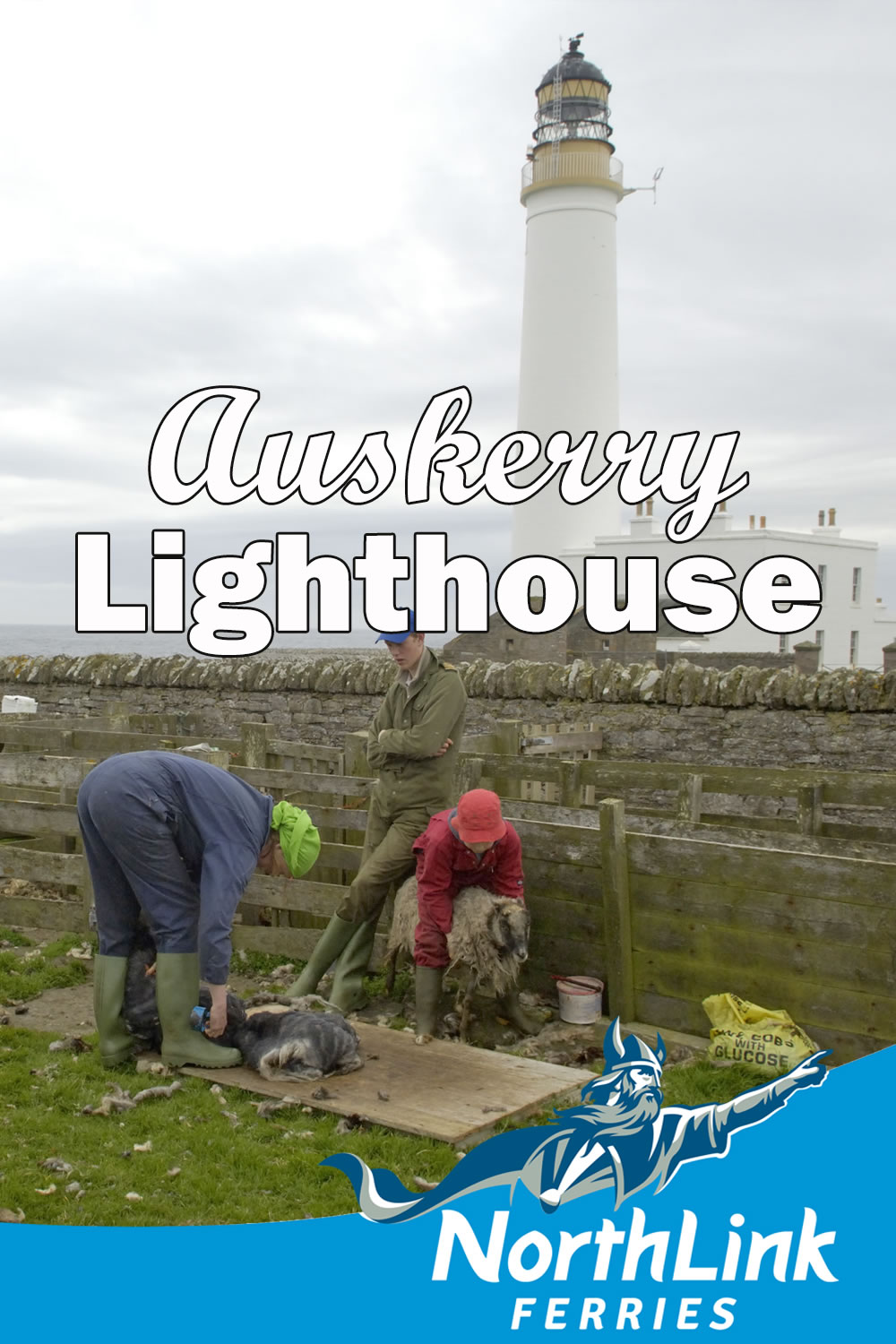Auskerry Lighthouse
Situated to the northeast of the Orkney Mainland, Auskerry (the name is derived from the Old Norse meaning ‘East Isle’) is a small yet intriguing island. Like most of Orkney, the rugged red-sandstone islet is relatively flat and features charming boulder-strewn shingle beaches.
Auskerry is one of Orkney’s most difficult lighthouses to reach because the island is so remote, has few residents and no ferry service. However, these factors heighten the isle’s mystique and create a sense of magic and exclusivity for those who have visited it.
However, the towering lighthouse that dominates the island’s landscape is what draws attention from onlookers and you may spot it yourself when sailing with NorthLink Ferries.
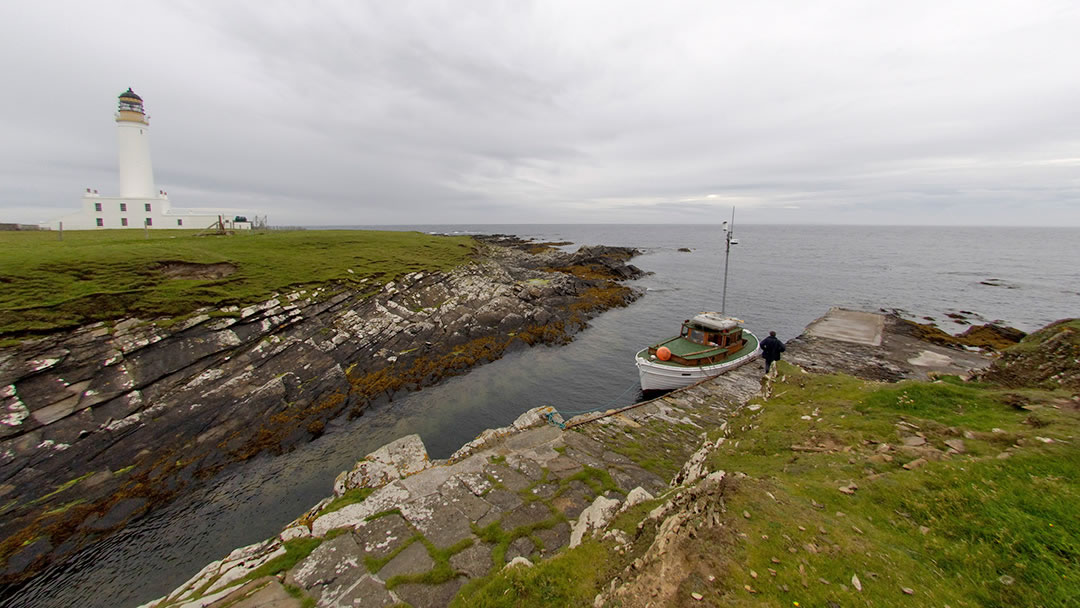
To help ships navigate the choppy waters of the Stronsay Firth, it was determined that a lighthouse ought to be erected on Auskerry. So in 1864, the construction of Auskerry Lighthouse began on the isle’s southern corner. Firstly, a jetty was built at South Geo to enable materials to be brought onto the island. Two years later, in 1866, the lighthouse was first lit.
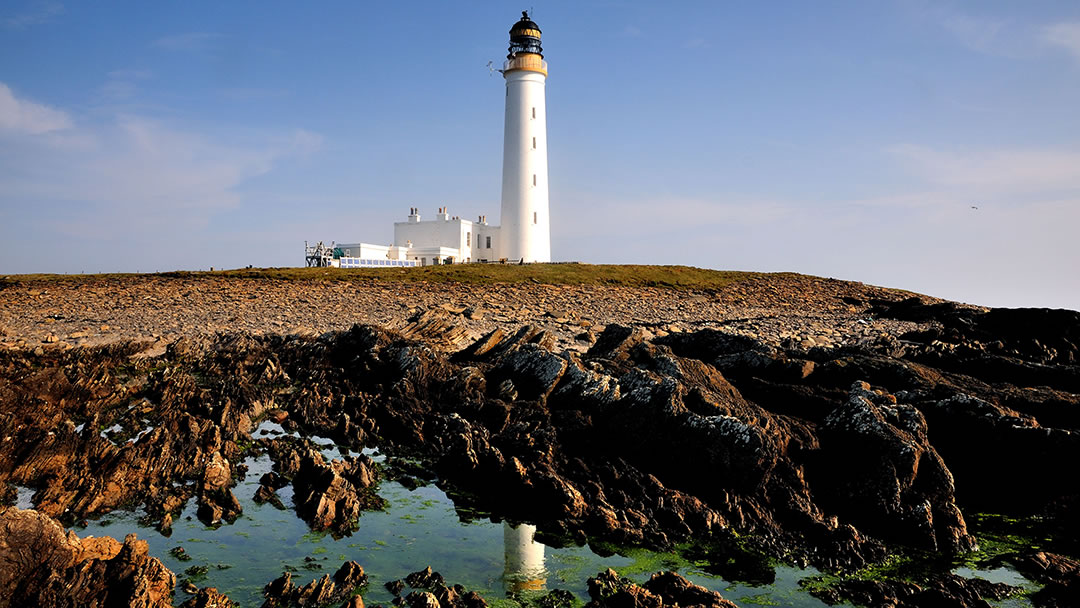
The lighthouse was designed and built by David and Thomas Stevenson – members of the pioneering Stevenson family who are renowned for establishing most of Scotland’s lighthouses. The white tower is a ‘Category B’ listed structure for its historical and architectural value, standing imposingly at 112 feet tall. Its light flashes every twenty seconds and can be seen up to twenty nautical miles away.
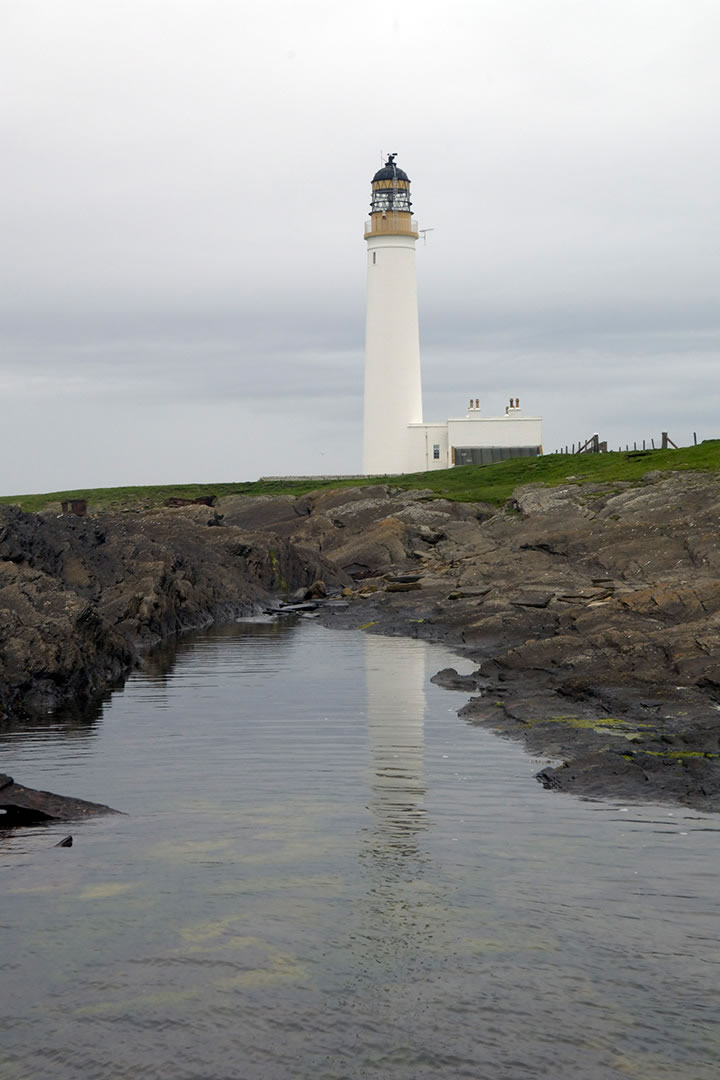
Auskerry is one of Orkney’s most difficult lighthouses to reach because the island is so remote, has few residents and no ferry service. However, these factors heighten the isle’s mystique and create a sense of magic and exclusivity for those who have visited it. Surprisingly, Her Royal Highness Princess Anne is a fomer guest. Princess Anne and the Northern Lighthouse Board inspected Auskerry Lighthouse as part of the Queen’s Golden Jubilee celebrations. They also met with the sole family who have called this island home for almost 50 years.
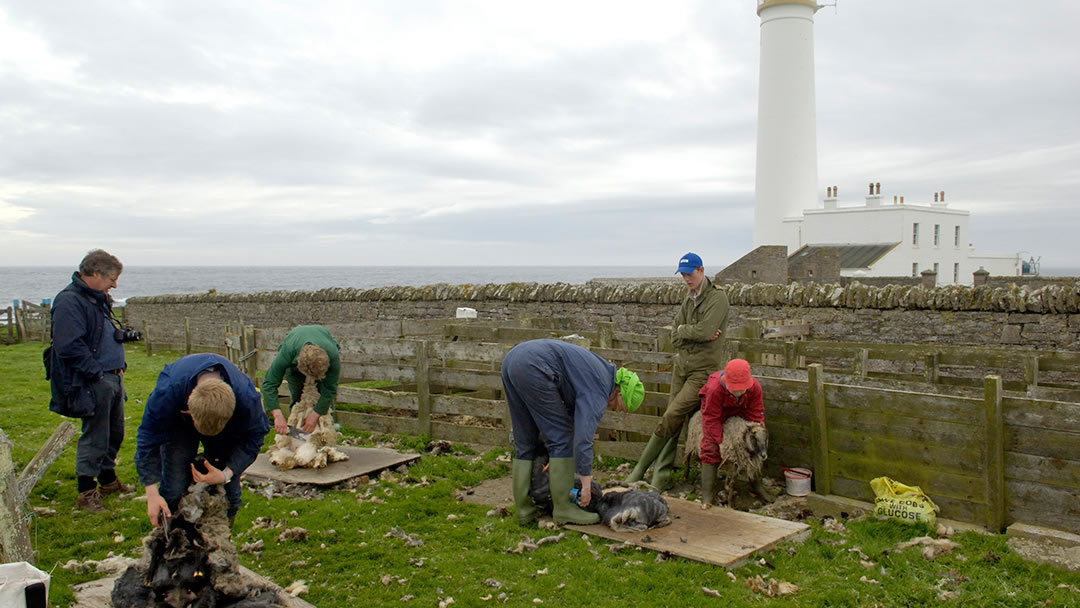
Attached to the lighthouse are two flats where lighthouse keepers used to live. Initially, the lighthouse housed just two lightkeepers and their families, however a third keeper was stationed there for additional support during World War II.
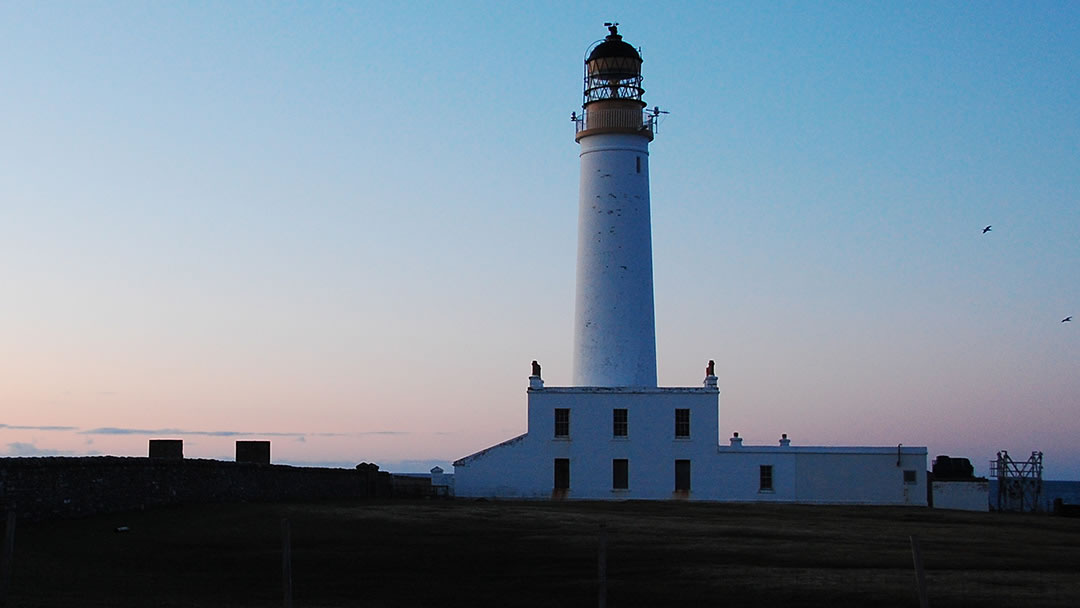
These keepers kept the lighthouse in operation until 1961, when Auskerry Lighthouse became automated, the first in Orkney and one of the earliest in Scotland to do so. It is now remotely monitored and maintained by the Northern Lighthouse Board.
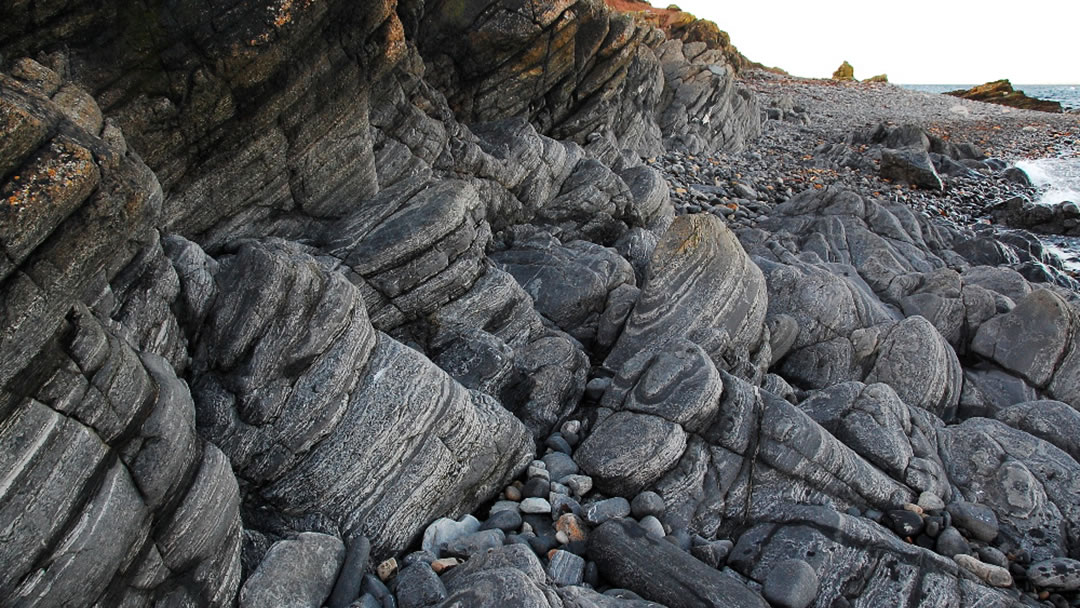
A crater left by one of the two bombs dropped on the island in 1941 is located close to the beach just south of the lighthouse. The second unexploded bomb was never discovered. As a consequence of this bombing, Auskerry received two Hotchkiss Guns for anti-aircraft defence. Lightkeepers were stationed at each of them, one positioned to the north of the island and the other to the south.
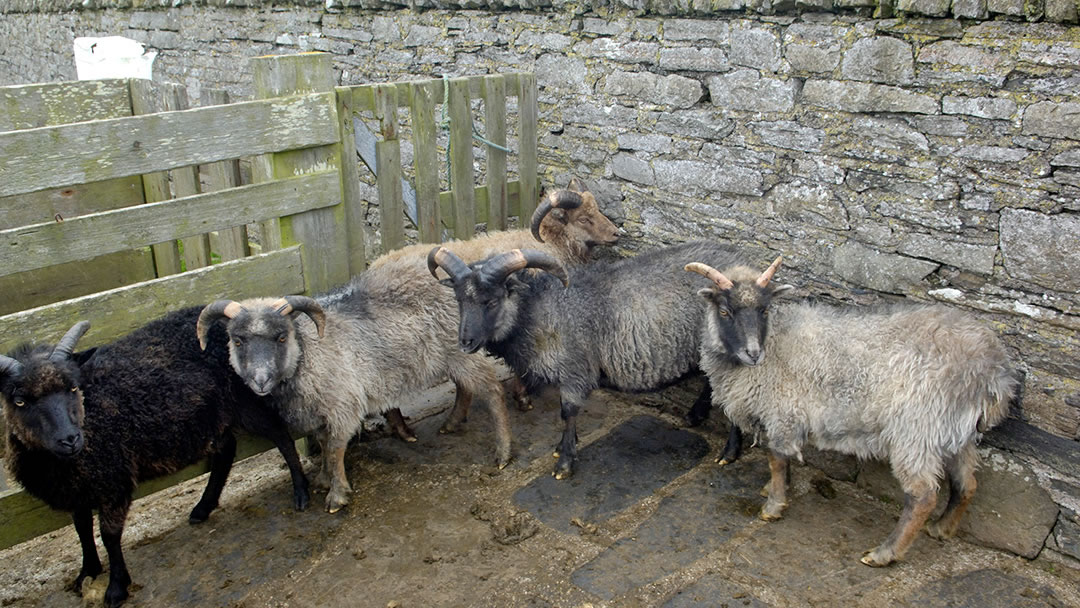
Simon Brogan purchased Auskerry in 1973, and his family relocated here permanently two years later. On the island, they raise around 300 North Ronaldsay Sheep and use their wool to make wonderful, handcrafted artisanal goods for their family company ‘Isle of Auskerry’.
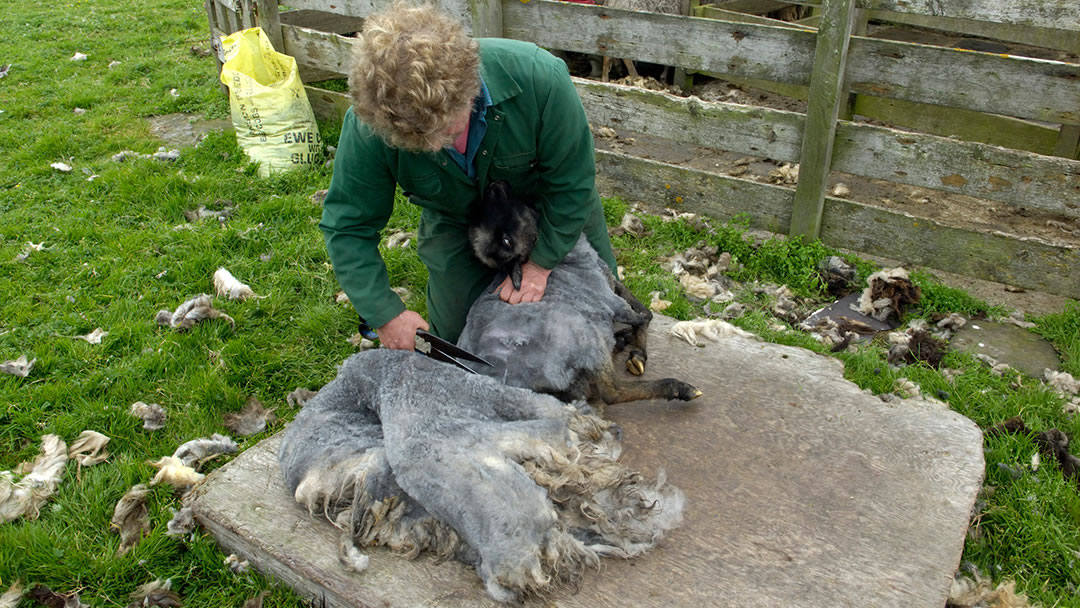
North Ronaldsay Sheep are a hardy breed and survive on a diet comprised almost entirely of seaweed.
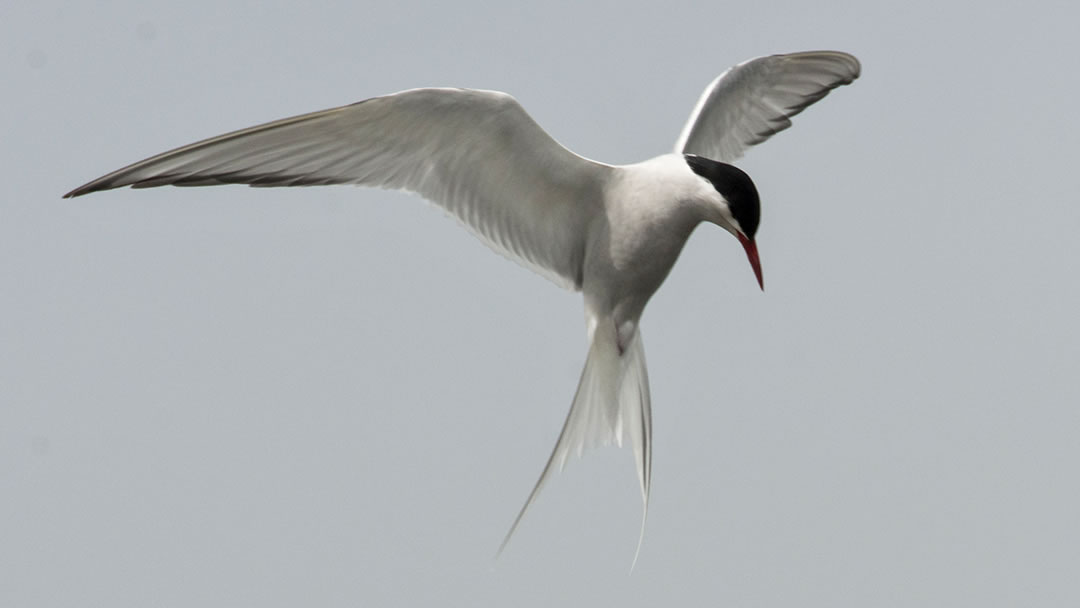
Aside from sheep, Auskerry is a haven for birdwatchers. Due to the island’s breeding colonies of Arctic Terns and European Storm Petrels, it has been classified as a Special Protection Area. Other well-known bird species you may see include eiders, red-throated divers, guillemots, and even playful puffins! In the past, Auskerry was referred to as ‘Hunter’s Geo’ as it was a popular location to hunt seals. That practice has ended, and today, seals can occasionally be seen lazing along the coastline.
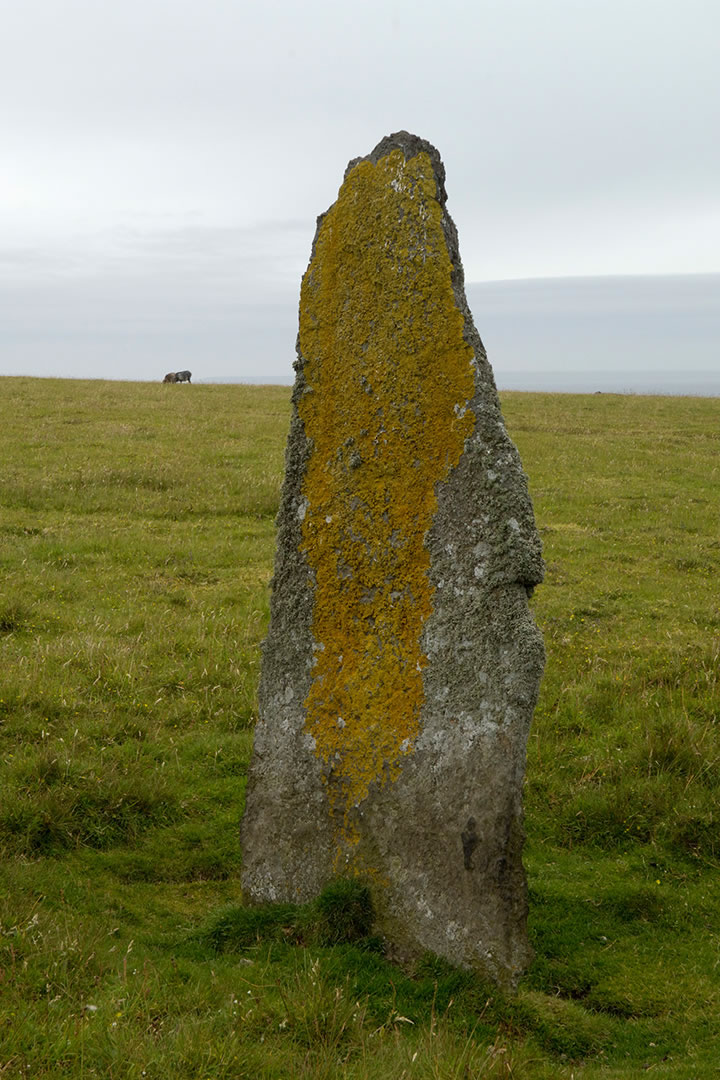
Quite remarkably, Auskerry’s archaeological remains are significant considering its modest size and isolation. It’s believed that the island was once home to a thriving community, as evidenced by several standing stones – the tallest of which is 2.5m – and numerous shattered stones.
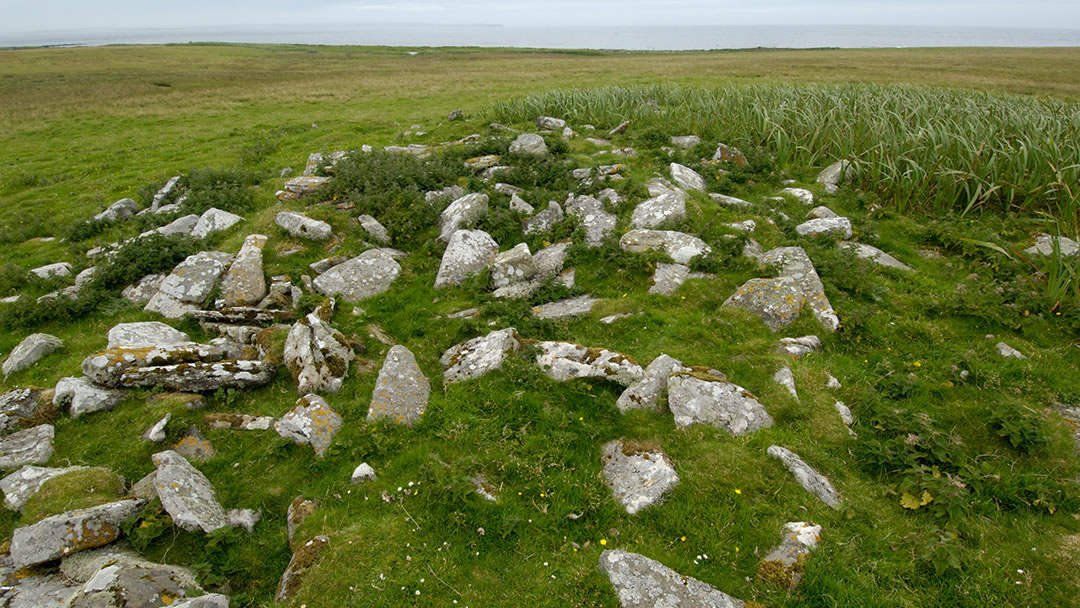
A small 12th century church ruin, numerous houses and a burnt mound from the Bronze Age, and Iron Age agricultural evidence are among the other remnants found here.
 By Magnus Dixon
By Magnus DixonOrkney and Shetland enthusiast, family man, loves walks, likes animals, terrible at sports, dire taste in music, adores audiobooks and films, eats a little too much for his own good.
Pin it!